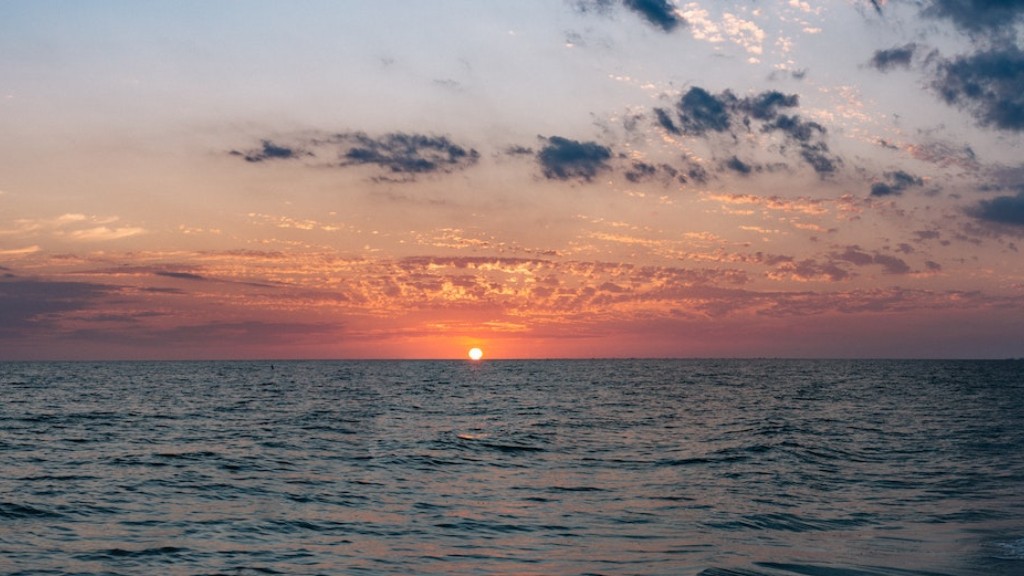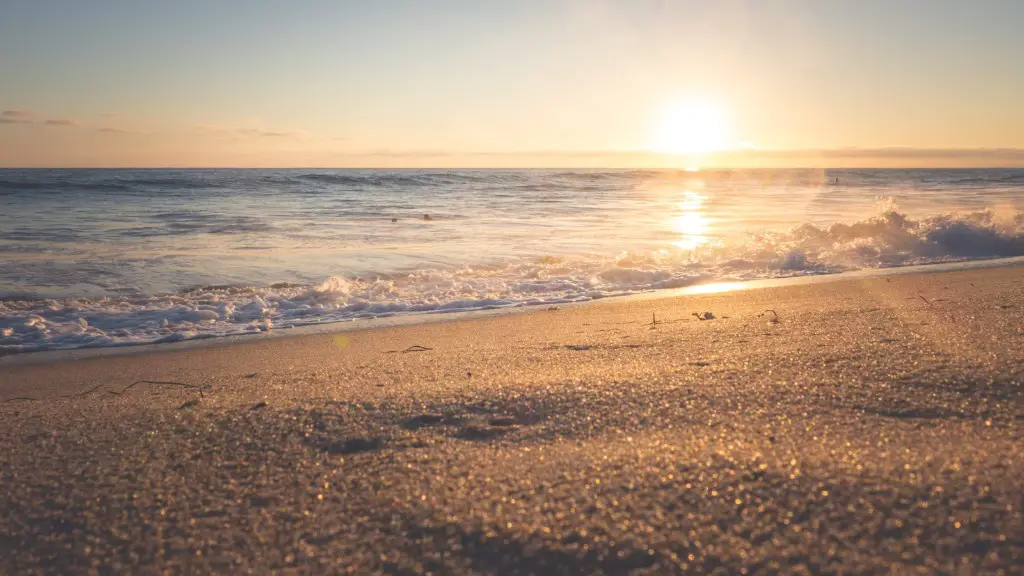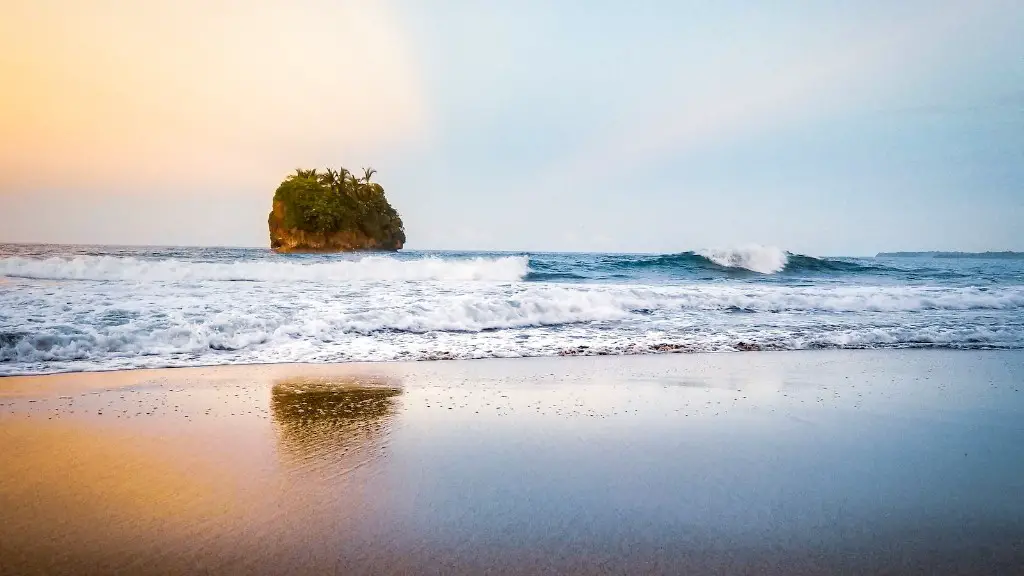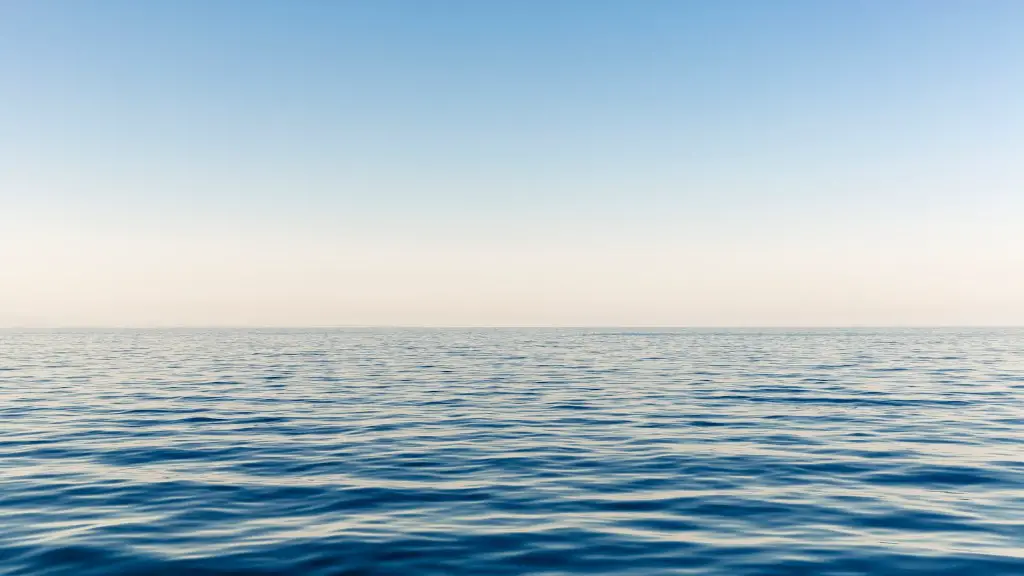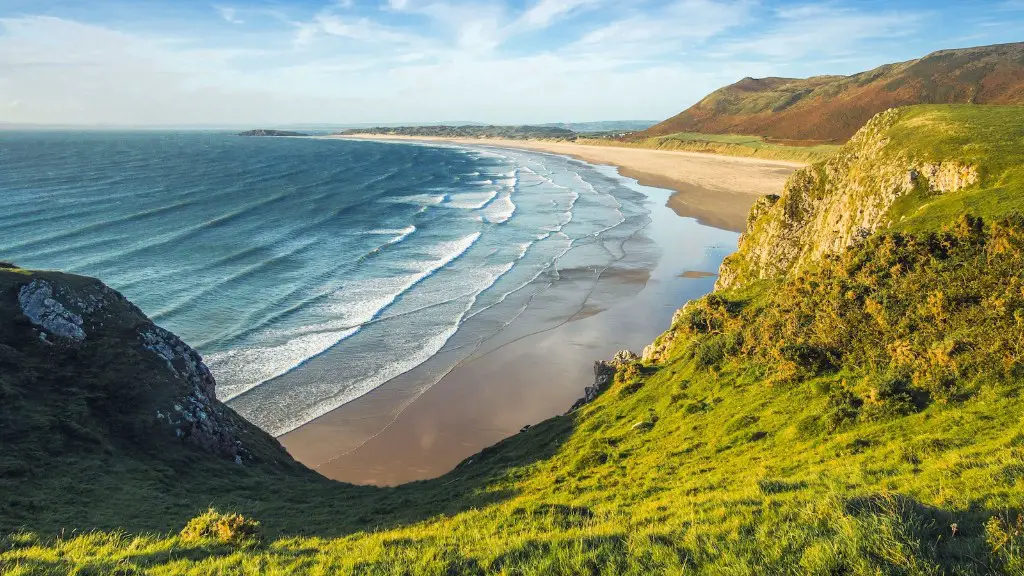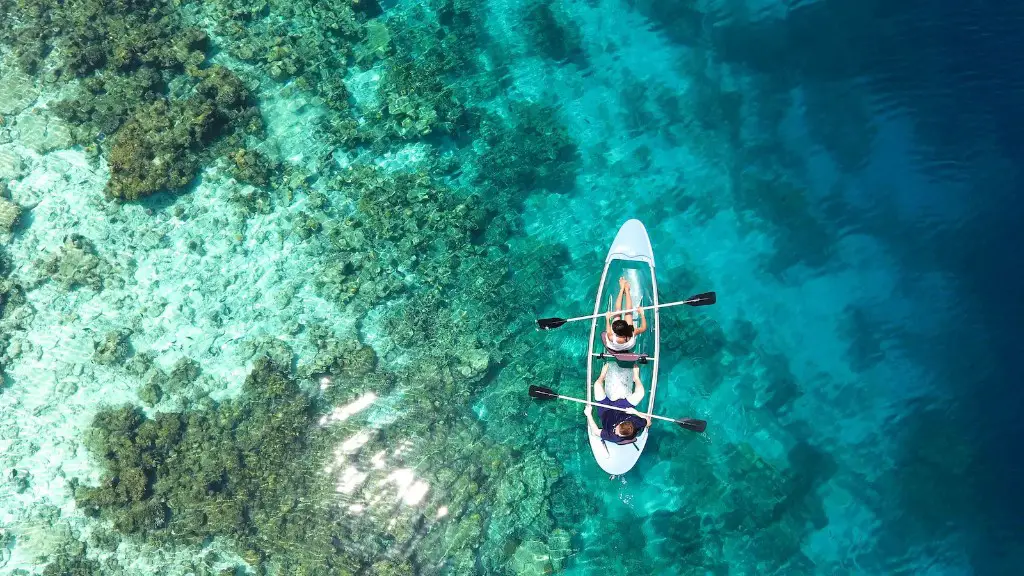The Black Sea has been a site of human activity for millennia and its waters have been controlled by a succession of empires. Today, the countries that border the Black Sea are striving to assert their influence over this strategic body of water.
The Black Sea is a body of water located between Eastern Europe and Western Asia. It is bordered by Bulgaria, Romania, Ukraine, Russia, Georgia, and Turkey. The Black Sea is home to a number of different animals, including dolphins, whales, and seals.
Which country owns the Black Sea?
The Black Sea is a strategically important body of water for several reasons. It provides a route to the Mediterranean Sea for Russia, and it is also home to a number of important ports. The littoral states have all agreed to share the sea militarily, but four of them (Bulgaria, Georgia, Romania, and Ukraine) have relatively small navies. This makes the Black Sea a de facto maritime condominium between Turkey and Russia.
The Black Sea has become an important strategic location for Russia, serving as a springboard for operations in Africa and the Middle East. Russia has a long history of interest in the region, dating back to the days of the Soviet Union, and it remains interested in maintaining a foothold and exerting influence there. In 2013, Russia reestablished a permanent naval presence in the Mediterranean Sea with its Mediterranean Squadron. This move was seen as a way to assert Russian power in the region and to counter the growing influence of the United States and its allies.
Did Russia own the Black Sea
With the end of World War II, the Soviet Union effectively dominated the Black Sea region. The Soviet Union controlled the entire north and east of the Black Sea while pro-Soviet regimes were installed in Romania and Bulgaria. This allowed the Soviet Union to control the shipping lanes in and out of the Black Sea, as well as giving them a foothold in the Mediterranean Sea.
The modern treaty controlling access to the straits is the 1936 Montreux Convention Regarding the Regime of the Straits. This Convention gives the Republic of Turkey control over warships entering the straits but guarantees the free passage of civilian vessels in peacetime. The Convention is still in force as of 2023.
Can a US aircraft carrier enter the Black Sea?
Aircraft carriers are an important part of a nation’s military power, but they are too large to transit through the Straits. This limits the ability of non-Black Sea powers to project their power in the region.
Only submarines from bordering, or riparian, states are permitted to pass through the straits, either to rejoin their base in the Black Sea for the first time after construction or purchase, or to be repaired in dockyards outside the Black Sea. This is to prevent any one nation from gaining a strategic advantage in the Black Sea region.
Can NATO enter the Black Sea?
The Montreux Convention is a 1936 agreement that gives countries with shores on the Black Sea special naval privileges, and limits the naval activities of other countries in the sea. The treaty was motivated by the desire to keep the peace in the region and to protect the interests of the Black Sea countries.
As of December 15, 2021, the only warships that are able to enter the Black Sea are those that have ports on the Black Sea. This includes Russia’s Black Sea Fleet and Turkish ships. The last American warship to transit the strait was USS Arleigh Burke (DDG-51).
Does the US have a Black Sea Fleet
The US Navy regularly sails warships into the Black Sea as part of the annual joint military exercise known as Sea Breeze. The exercise involves Romania and eight other NATO nations, and is designed to ensure the collective security of the region. The Black Sea is a critical strategic area for the US Navy, and the presence of these warships serves as a deterrent to any potential aggression.
It is encouraging to see that some progress is being made in the production of gas from the Black Sea, despite the ongoing conflict in the region. This will hopefully contribute to stabilising the situation and providing some much-needed energy security for the region.
Why is the Black Sea so important to NATO?
The Black Sea is a region of strategic importance for the West, as it is home to three NATO allies and two close partners. The West can use the region to contain Russia, counter China, and defend against Iran. The region also has significant economic potential as an east-west corridor between Europe and Eurasia.
The stratification of ocean waters is a major factor in the development of the marine food chain. The deep waters are devoid of oxygen and cannot support life. The marine food chain therefore develops above this boundary, where the waters are rich in oxygen. The boundary between the oxygen-rich and oxygen-poor waters is known as the halocline.
Why is the U.S. Air Force in the Black Sea
Alliance aircraft have been operating together in the Black Sea region in order to hone communication skills and enhance interoperability for future missions. This has been a routine occurrence for some time now, and has proven to be an effective way to prepare for future missions. The communication and interoperability skills that are learned in this environment are invaluable, and will help to ensure that the Alliance is able to successfully carry out future missions.
The Black Sea Area Support Team’s mission is to provide base operations support to US Forces in the Black Sea theater of operations. This support includes everything from providing food and water to US forces to coordinating air and ground transportation.
Can Russia sink U.S. aircraft carrier?
Although the Russian navy does not have aircraft carriers that are powered by nuclear reactors and do not have the same defensive capabilities as those of the United States, it does have a range of weapons and technologies that could potentially be used to attack and theoretically sink a United States aircraft carrier. Russia has developed a number of anti-ship missiles that could be used to target a carrier, and it also has submarines that could be used to launch an attack. While it is unlikely that Russia would be able to sink a carrier in a direct confrontation, it is possible that it could succeed in an surprise attack.
The upcoming NATO naval exercise in the Black Sea is a response to increased Russian activity in the region. The exercise is meant to demonstrate NATO’s resolve to defend its members and to deter Russian aggression.
Can the U.S. track enemy submarines
The US Navy P-8 Poseidon is a maritime reconnaissance and anti-submarine warfare aircraft that is crewed by a team of nine. It is equipped with sensor systems and armed with torpedoes for tracking and, if necessary, engaging undersea threats.
Nuclear submarines are a key part of America’s nuclear arsenal, and their locations are closely guarded secrets. The submarines are equipped with intercontinental ballistic missiles (ICBMs) that can be launched from underwater, making them a very difficult target for an enemy to track and destroy. The submarines also give the US a “second-strike” capability, meaning that even if America’s land-based nuclear missiles are destroyed, the submarines can still launch a devastating counterattack.
Warp Up
The Black Sea is bordered by six countries: Turkey, Russia, Ukraine, Georgia, Romania and Bulgaria. However, Russia has the longest coastline on the Black Sea, and therefore exerts the most control.
In conclusion, it can be said that the Black Sea is a complex and ever-changing environment, with a variety of stakeholders vying for control. These include the riparian countries themselves, as well as international organizations and other outside players. The future of the Black Sea will depend on the ability of these stakeholders to find common ground and work together to manage the region’s resources in a sustainable way.
